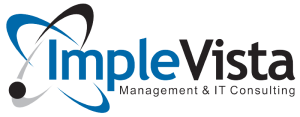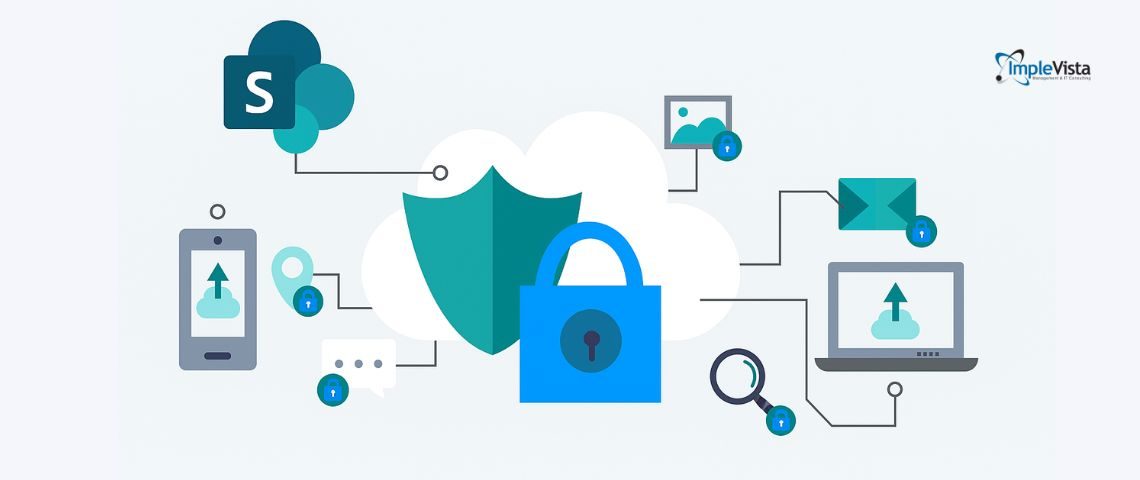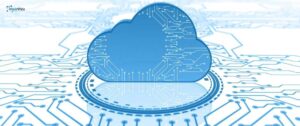Build smart, build secure—master the SharePoint security practices every developer needs to know.
SharePoint is an enterprise powerhouse—used globally by businesses to store, manage, and share content. However, as SharePoint adoption grows, so does the potential for security vulnerabilities. For developers, security isn’t just a checklist—it’s a continuous strategy. At Implevista, a leading IT solutions provider in Dhaka, Bangladesh, we believe robust SharePoint security is the cornerstone of a reliable digital workspace.
According to a 2024 Verizon report, 82% of data breaches involved human elements like misconfigurations or access misuse, highlighting the urgent need for proactive development practices in platforms like SharePoint. This guide outlines nine essential SharePoint security practices every developer should follow, which are aligned with OWASP standards and best suited for modern enterprise needs.
The Developer’s Role in SharePoint Security: Why It Matters
Developers often build custom functionality, integrations, and user experiences within SharePoint. While administrators manage the broader infrastructure, developers directly influence the security posture of the applications and components they build. Ignoring security during development can introduce vulnerabilities that compromise the entire SharePoint farm, leading to:
- Data Leaks: Unauthorized access to sensitive information.
- System Downtime: Malicious attacks exploiting weak code.
- Reputational Damage: Loss of customer and stakeholder trust.
- Compliance Fines: Violations of data protection regulations.
Therefore, embracing SharePoint security as a core development principle is paramount. It’s about building a robust foundation that can withstand evolving threats.
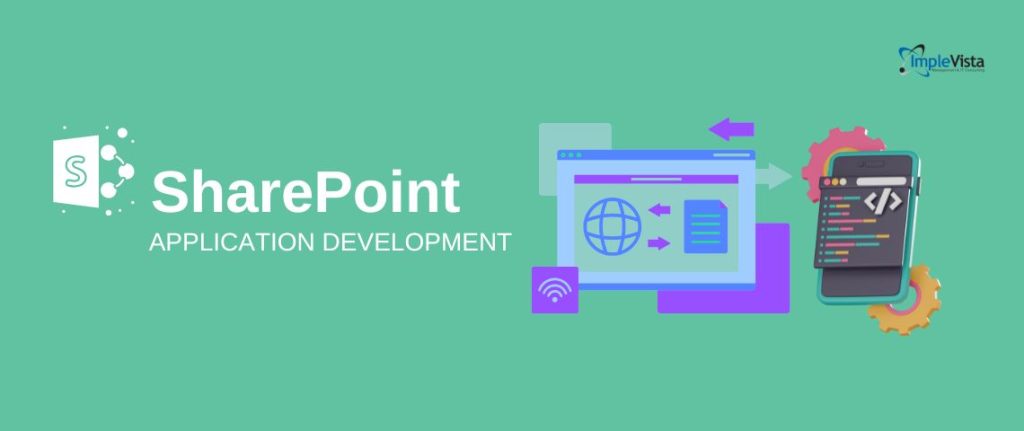
-
Use Role-Based Access Control (RBAC) and SharePoint Permissions Management Tools
Access control is the first line of defense. Use Role-Based Access Control (RBAC) to ensure that users have only the permissions they need. SharePoint allows granular permission levels—avoid defaulting to “Full Control” unless absolutely necessary. A reliable SharePoint permissions management tool audits and reviews user roles.
“A recent study by Gartner found that 60% of SharePoint breaches stemmed from excessive access privileges.”
Integrating third-party auditing tools or native Microsoft 365 security dashboards ensures that access permissions are set and maintained.
-
Keep Software Updated and Patched
It may sound basic, but keeping SharePoint and its underlying infrastructure up to date is crucial. Regular updates protect against zero-day vulnerabilities and ensure compliance with evolving OWASP security standards. Automate patch management where possible and subscribe to Microsoft’s SharePoint security bulletins.
-
Enforce HTTPS and SSL Encryption
Data in transit is as valuable as data at rest. Make it a rule to enforce HTTPS for all SharePoint communications. Secure Sockets Layer (SSL) or its successor, TLS, ensures end-to-end encryption, reducing the risk of man-in-the-middle attacks.
Microsoft 365 and Azure-hosted SharePoint sites have built-in SSL—but on-premises deployments require manual configuration. Ensure certificates are regularly reviewed and renewed.
-
Implement Multi-Factor Authentication (MFA)
A single password isn’t enough. Enable Multi-Factor Authentication (MFA) across all SharePoint access points, especially for admin-level users. Microsoft recommends MFA as part of its Secure Score guidance. Use Authenticator apps or biometric verification to add another security layer.
MFA is crucial to modern SharePoint security strategy, significantly reducing credential theft risks.
-
Limit External Sharing and Use Conditional Access Policies
External sharing is convenient—but risky. Developers should implement conditional access policies to control when and how users can share content. Use sensitivity labels and restrict sharing capabilities based on user roles, device compliance, and network location.
Best practice: Disable anonymous access and configure tenant-level policies that prevent unintentional data leakage.
-
Monitor and Log All User Activity
Real-time activity monitoring is essential for compliance and threat detection. Enable auditing in Microsoft Purview or use third-party tools to track all interactions, including uploads, deletions, permission changes, and more.
Log analysis helps detect anomalies early, ensuring threats are mitigated before they escalate. For example, repeated failed login attempts or privilege escalations can trigger alerts to your security team.
-
Protect Against OWASP Top 10 Vulnerabilities
SharePoint applications can be susceptible to common web security flaws listed by OWASP, such as:
- Cross-Site Scripting (XSS)
- Cross-Site Request Forgery (CSRF)
- Injection attacks
Developers should sanitize all user inputs, validate form data on both client and server sides, and avoid dynamic SQL queries. They should also utilize Microsoft’s Secure Development Lifecycle (SDL) tools and monitor SharePoint community security advisories.
-
Data Loss Prevention (DLP) and Information Rights Management (IRM)
Prevent sensitive data from falling into the wrong hands using DLP policies. SharePoint integrates seamlessly with Microsoft Purview’s DLP rules, allowing you to restrict access, encrypt documents, or block downloads based on content type.
IRM goes further by applying usage restrictions to files—even after download. DLP and IRM offer a robust mechanism to enforce organizational data governance policies.
-
Secure Third-Party Apps and Integrations
Many businesses extend SharePoint with third-party apps—but each new integration is a potential attack surface. Always vet external tools against OWASP criteria and ensure they comply with GDPR and other regulatory standards.
Avoid using apps with excessive permissions and isolate external scripts. A secure development policy should require code reviews and sandbox testing before deploying any third-party solutions in production.
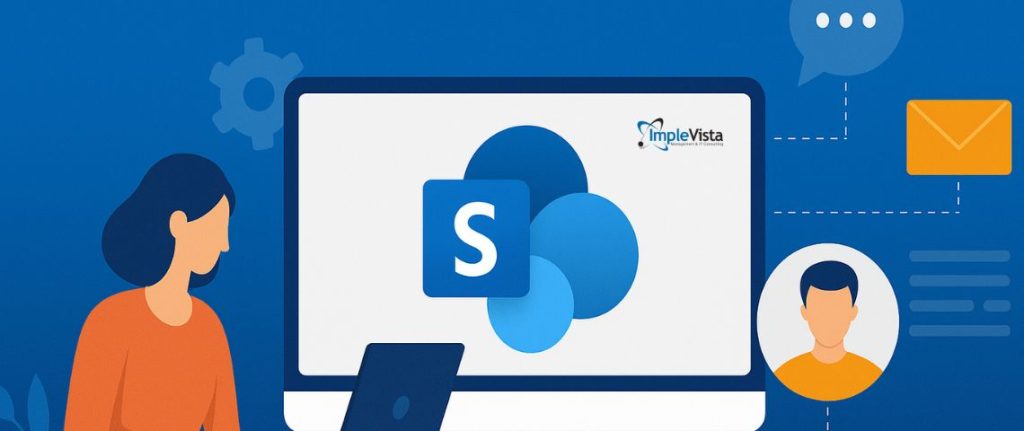
OWASP and SharePoint: Enhancing Security in Enterprise Collaboration
SharePoint is a powerful platform widely used by organizations for collaboration and document management. However, it also faces various security risks. Integrating Open Web Application Security Project best practices is essential to safeguard sensitive data and maintain secure environments. OWASP offers a comprehensive set of guidelines to help identify and mitigate common vulnerabilities in web applications, including those that affect SharePoint deployments. Key areas where OWASP principles enhance SharePoint security include:
- Preventing Injection Attacks: OWASP emphasizes validating and sanitizing input to prevent SQL injection and cross-site scripting (XSS), which are common threats in SharePoint environments.
- Strong Authentication and Access Controls: Implementing robust authentication mechanisms and properly configuring user permissions reduces the risk of unauthorized access to sensitive content.
- Secure Configuration: OWASP recommends regular audits and secure setup of SharePoint servers and components to prevent misconfigurations that could be exploited.
- Data Protection: Encryption and secure data handling practices help protect information at rest and in transit.
- Continuous Monitoring and Testing: OWASP encourages ongoing vulnerability assessments and penetration testing to identify and address security gaps proactively.
By aligning SharePoint security strategies with OWASP’s guidelines, organizations can significantly improve their defense against cyber threats, protect critical business data, and ensure compliance with security standards.
Why These SharePoint Security Practices Matter
The importance of secure SharePoint environments cannot be overstated. SharePoint hosts sensitive business data, from HR records to intellectual property and financial reports. A single misconfiguration or neglected setting can lead to data breaches, legal risks, and severe damage to an organization’s reputation. In fact, according to IBM’s 2023 Cost of a Data Breach Report, the average cost of a data breach globally was $4.45 million.
More importantly, SharePoint is a collaborative platform often integrated with other Microsoft 365 services, meaning any weak security posture can create a ripple effect across your entire IT ecosystem. Incorporating these SharePoint security best practices ensures your organization’s data remains protected, user access is controlled, and compliance standards like GDPR or HIPAA are met consistently.
By adhering to these practices, developers can establish a security-first culture, detect vulnerabilities early, and reinforce trust with stakeholders and end-users. These practices are not just about technology—they reflect a commitment to data integrity and long-term business continuity.
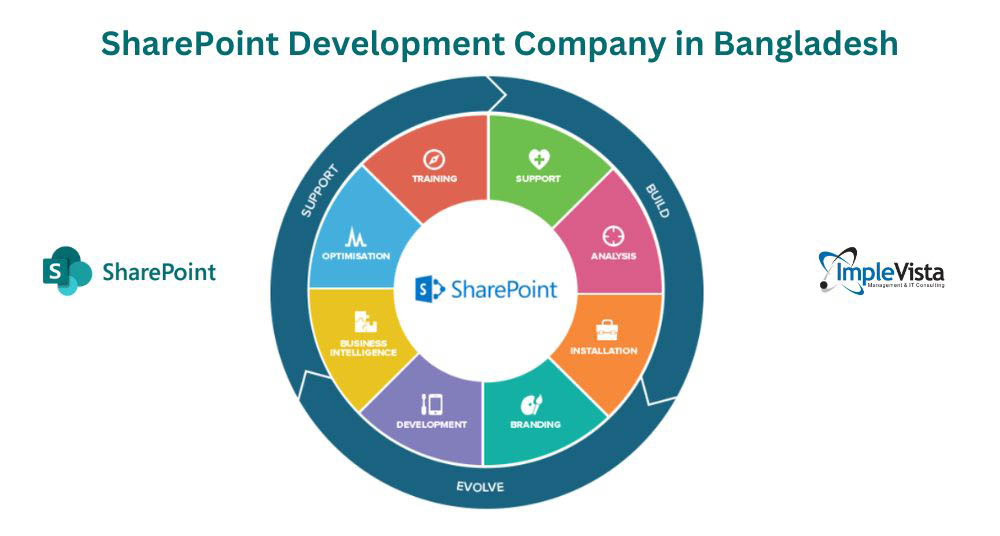
Why Trust Implevista for Your SharePoint Security and Development Needs?
At Implevista, located in Dhaka, Bangladesh, we don’t just build SharePoint solutions; we build secure SharePoint solutions. Our team of expert developers and consultants understands the intricate landscape of SharePoint security and the unique challenges faced by organizations in Bangladesh and globally.
- Security-First Development: We embed security best practices into every stage of our software development lifecycle, including adherence to OWASP guidelines and robust SharePoint permissions management tool strategies.
- Experienced Professionals: Our developers are highly skilled in secure coding for SharePoint, including modern SPFx development, and are regularly updated on the latest threats and mitigation techniques.
- Comprehensive Solutions: From custom Web Parts and workflows to enterprise content management and integration with external systems, we ensure that every solution we deliver is architecturally sound and secure.
- Local Understanding, Global Standards: As a leading IT service company in Dhaka, Bangladesh, we combine local market insights with international security standards to provide relevant and robust solutions.
- Auditing and Consultation: We offer expert consultation and auditing services to assess your existing SharePoint environment’s security posture and recommend improvements based on industry best practices.
Don’t leave your critical data vulnerable. Partner with Implevista to ensure your SharePoint environment is functional and impenetrable. Embrace proactive SharePoint security to protect your assets and build user trust.
FAQs: SharePoint Security Best Practices
What is SharePoint security?
SharePoint security refers to the methods and tools used to protect data, user access, and workflows within the SharePoint platform.
How can I manage SharePoint permissions effectively?
Use RBAC, auditing tools, and permission review cycles to ensure users only access what they need.
Is MFA necessary for SharePoint Online?
Yes. MFA adds an extra layer of security, reducing the risk of compromised credentials.
What are the OWASP threats relevant to SharePoint?
Top risks include XSS, CSRF, injection attacks, and improper input validation.
Can I monitor all SharePoint activity?
Yes. Enable auditing via Microsoft Purview or third-party platforms for detailed logs.
Final Thoughts on SharePoint Security
Implementing these SharePoint security practices is crucial for building a secure, compliant, and efficient collaboration environment. From permissions and encryption to DLP and disaster recovery, every layer of protection adds to your overall resilience.
Ready to Secure Your SharePoint Environment?
🛡️ At Implevista, we develop secure, scalable SharePoint solutions tailored to your business needs.
Let’s secure your digital workplace. Contact us today for a consultation.
